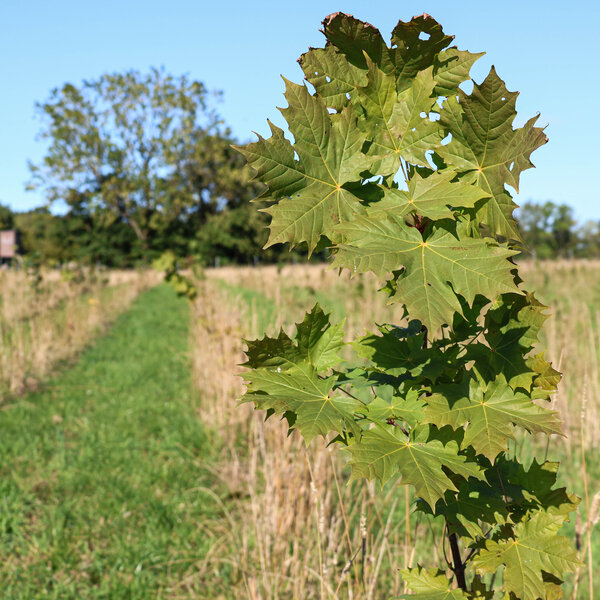At the moment, everything is happening too quickly: climate change is rapidly altering environmental factors such as water supply, temperature and soil nutrient content, which are important for tree growth. Trees are no longer able to adapt naturally to the new conditions within a single life cycle. We are currently looking for seed sources and families for various alternative tree species that grow best under changed site conditions and are also suitable for timber use. We are developing concepts for how forests should be reforested in the future so that their ecosystem services are preserved.

"Climate change is threatening our forests. With new plantations and state-of-the-art genetics, we want to identify forest reproductive material that can withstand change. Ideally, these plants will not only cope with heat and drought, but also provide high-quality wood. In this way, we are creating sustainable forests that combine diversity and wood utilisation."
Dr Katharina Liepe, Project Coordinator

New trial areas have been established in Trenthorst on a regular basis for around 15 years. In recent years, the focus has been on testing tree species such as aspen, poplar and willow, which grow quickly and whose wood can be used after a relatively short time. At the EiLT landscape laboratory, we are now planting seed sources and progeny of tree species that are said to have promising cultivation characteristics in the context of climate change and are classified as particularly sustainable by the Federal-State Working Group on Forest Genetic Resources and Forest Seed Law. These include rare native species such as hornbeam, Norway maple, small-leaved lime and service tree, European native species such as Nordmann fir, oriental beech and tree hazel, but also non-European tree species such as red oak.
At the same time, we are examining samples of these trees in the molecular genetics laboratory in Großhansdorf, around 30 kilometres away, in order to better understand genetic variations between and within populations and species. Natural gene variants are the basis for future adaptability and resilience in the face of climate change.
The fields on which the trees are planted are also objects of our scientific interest: we want to find out how soil that has been highly compacted by decades of agricultural use and has no forest soil structures needs to be worked so that forest trees can grow and develop well.
In order to refine the experimental results scientifically, the experiments are being conducted simultaneously at several locations across Germany with different climatic conditions. In addition, seed plantations are being established to produce high-quality propagation material in the medium term.

